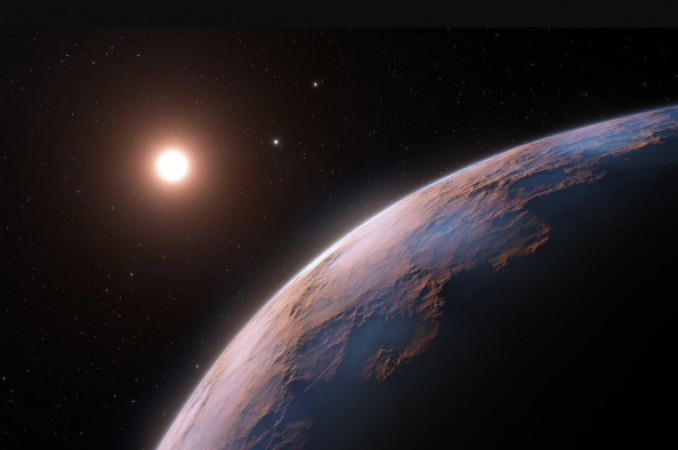
USA: According to a recent tweet by NASA, 5,235 exoplanets have been found so far. According to astronomers around the world, in 2022 alone more than 200 planets were found outside our solar system.
Considering that fewer than 5,000 exoplanets had been discovered when the year began, this is an impressive feat. In 2023, the space agency anticipates the discovery of more uncharted worlds.
Since its launch in 2018, TESS (Transiting Exoplanet Survey Satellite) has been searching for exoplanets orbiting the brightest dwarf stars.
Also Read: The NEO Surveyor from NASA will search for the most challenging asteroids
Probing the atmospheres of exoplanets is also one of the main goals of the James Webb Space Telescope. Given the current rate of scientific progress in space exploration, who knows what this new year may bring?
Exoplanets have a wide range of features and makeups. The fact is that 4% of recently discovered exoplanets are rocky planets like Mars or Earth.
Also Read: Most powerful phone of the year launched, know its price and features
The "hot Jupiters" in the list of exoplanets are so-called because of their close proximity to their parent star. In addition to "super-Earths", which are rocky planets larger than Earth, there are also "mini-Neptunes", or planets that are smaller versions of Neptune.
"It's not just a number," said Jesse Christiansen, a research scientist at the NASA Exoplanet Science Institute at Caltech. "Each one of them is a new planet or a new world. We don't know anything about any of them, so I'm excited about each one."
Also Read: 18,000 employee jobs in danger, Amazon took this big step
HD 109833 b, a Neptune-like exoplanet, was discovered in 2022. According to NASA, the mass of the exoplanet is 8.69 Earths, and it completes one orbit of its parent star in 9.2 days. It was discovered using the transit technique, which involves watching for the dimming of the host star's light as an orbiting body passes in front of it.
In addition to studying dark matter, NASA's Nancy Grace Roman Space Telescope will search for new exoplanets. It is expected to launch in 2027 and will have a field of view 100 times larger than the Hubble Space Telescope. ESA's Ariel mission, expected to launch in 2029, will investigate the formation and evolution of exoplanets.